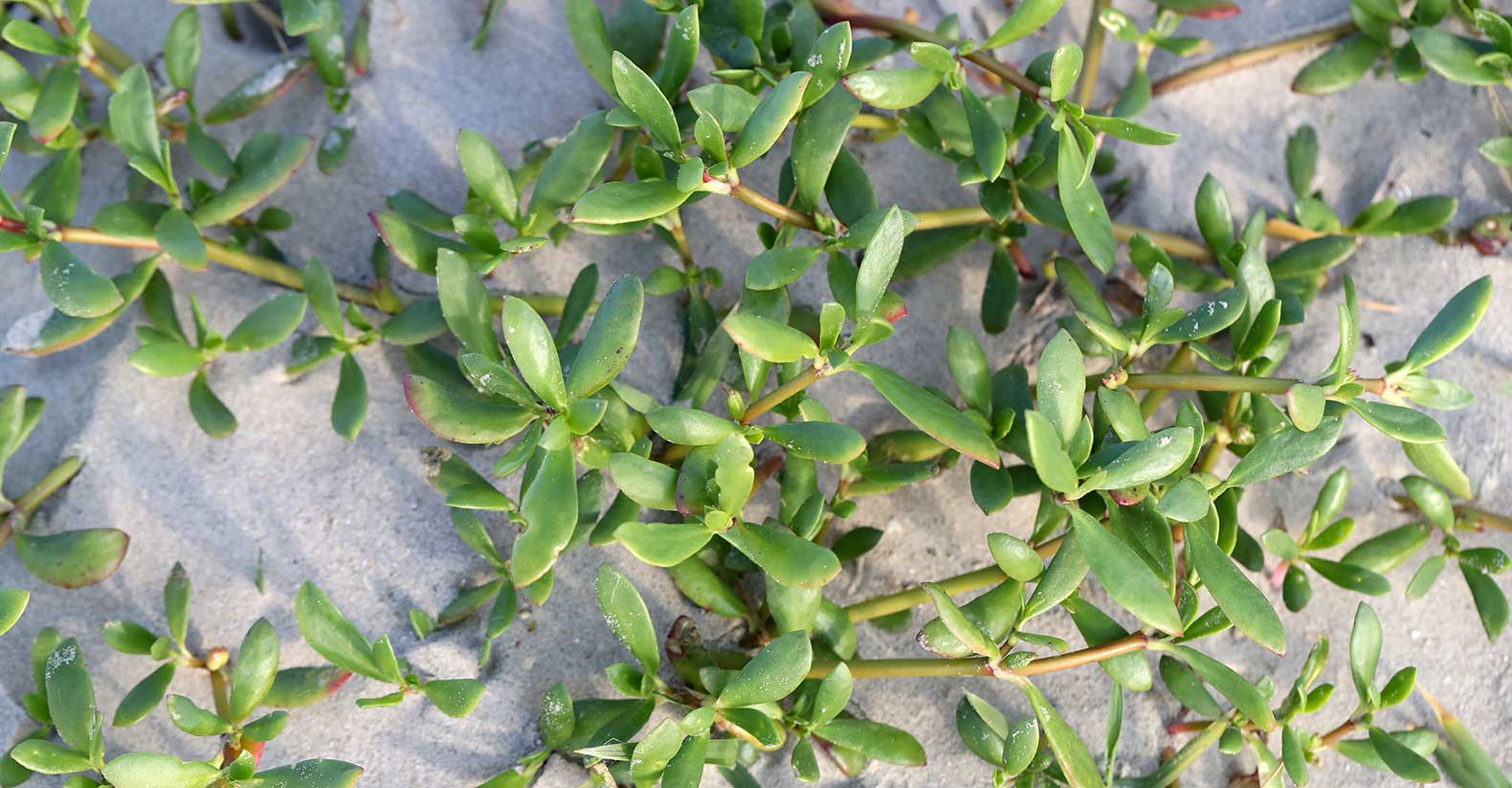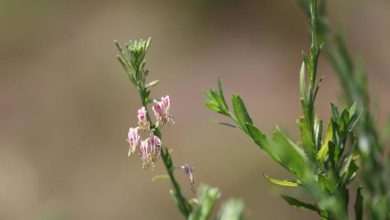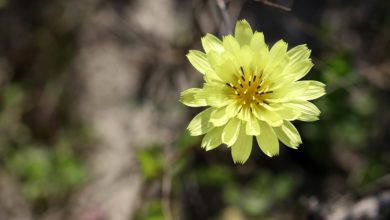Sesuvium portulacastrum, or Sea purslane, is a sprawling succulent often half-buried in embryonic dunes or forming bushy clusters in coastal foredunes.

The plant is highly tolerant of both drought and high salinity, making it an ideal pioneer for both dune and salt marsh environments. In some areas, it is treated as a food and a useful antibacterial treatment.
References
Al-Azzawi, A., Alguboori, A., Hachim, M., Najat, M., Shaimaa, A. A., & Sad, M. (2012). Preliminary phytochemical and antibacterial screening of Sesuvium portulacastrum in the United Arab Emirates. Pharmacognosy Research, 4(4), 219.
Anburaj, R., Nabeel, M., Sivakumar, T., & Kathiresan, K. (2012). The role of rhizobacteria in salinity effects on biochemical constituents of the halophyte Sesuvium portulacastrum. Russian Journal Of Plant Physiology, 59(1), 115-119.





